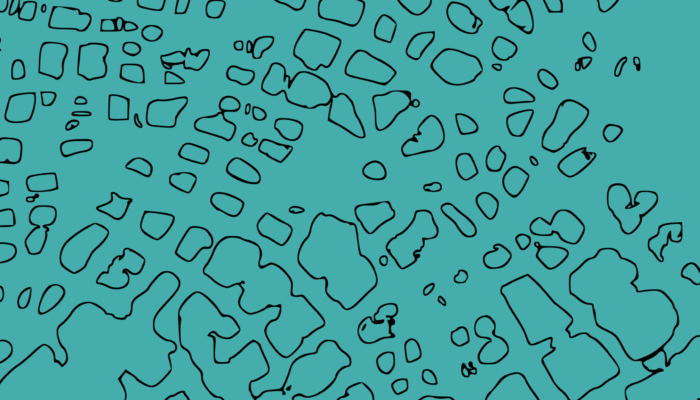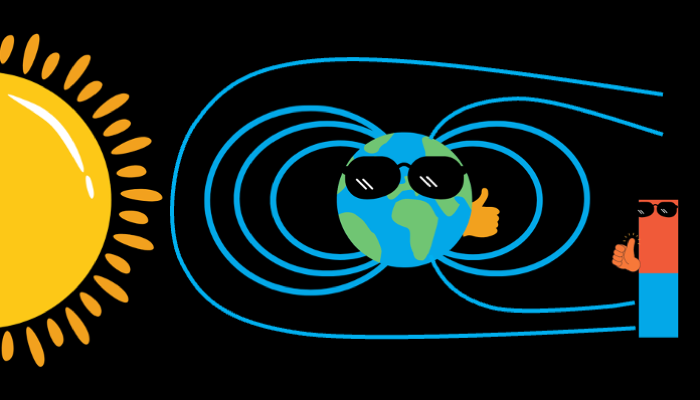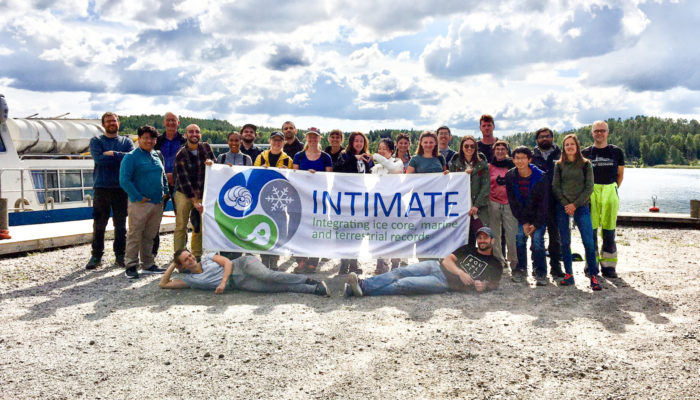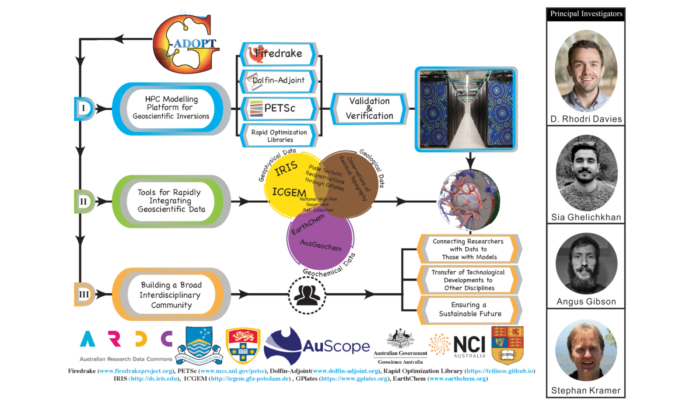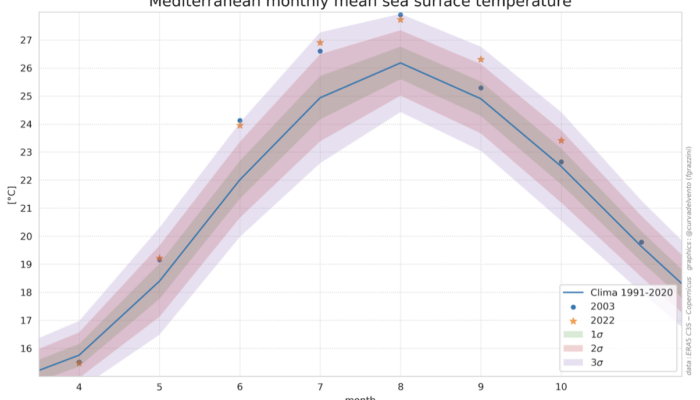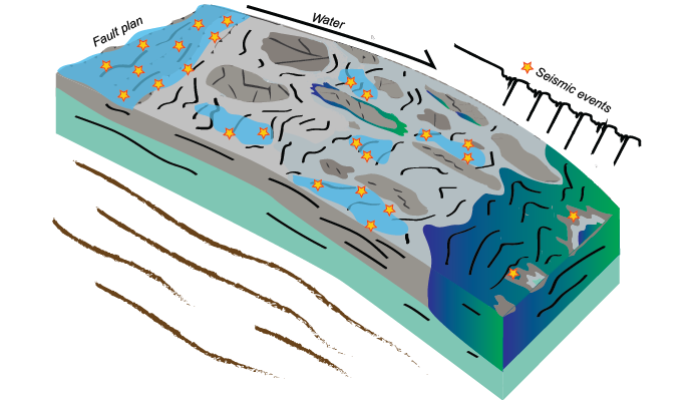I really like to combine science and art. This puts science in a larger perspective and can help understand it in different ways. And perhaps more importantly, it evokes emotion. I wrote haikus and created stencils for every chapter of my PhD thesis. I created these artworks to illustrate the dimensions of the permafrost region and the consequences of global warming on permafrost. Let me show you ...[Read More]
Geodynamics
Magnets are cool, and….. so is the Earth!
Magnets are cool, who does not like them? And the planet that we live in, the Earth, itself is a huge magnet. Not only does the Earth’s magnetic field protect us from harmful radiation from space, but it can also help us reveal some of the secrets of our planet. Local variations in the magnetic field can be used to probe the subsurface of the Earth from crustal to mantle depths. Although there is ...[Read More]
Climate: Past, Present & Future
A glimpse into the INTIMATE’s summer school of 2022
The Earth’s climate has been rapidly changing in the last decades. That’s a fact! Virtually, every one of us has been experiencing those changes in person, but how do we know that Earth’s climate has changed in the past beyond the instrumental data of the last ~200 years? From ancient manuscripts to geologic records, there are many “archives” one might consider “reading” to infer or reconstruct pa ...[Read More]
Geodynamics
G-ADOPT: a next generation computational modelling framework for geodynamics
Schematic illustrating core components of G-ADOPT, an Australian based cross-NCRIS project, principally developed at the Australian National University (ANU), with partners at the University of Sydney and Imperial College London. G-ADOPT is supported by the Australian Research Data Commons (ARDC), with co-investment from AuScope, the National Computational Infrastructure (NCI) and Geosciences Aust ...[Read More]
Cryospheric Sciences
Discover the CordillerICE project!
In high-school, I learned in a textbook that glaciers are melting. My teacher said that what was written in that textbook was right, and that was it. There was no proof, no explanation, no scientist’s testimony. All of that, I discovered much later during my studies in the geosciences. Yet as the global temperatures keep rising, and our politicians apply rigorously the “keep calm and carry on” mod ...[Read More]
Geodynamics
The Sassy Scientist – Pick Your Battles
As I already mentioned in the past, anonymity can lead to bad reviews. A state of namelessness can empower younger scientists to criticize manuscripts from potential future employers. But it also allows unaccommodating reviewers to stall a perfectly good submission for…reasons? Meia has encountered, or heard of such buffoons, and wonders: How to deal with an anonymous unreasonable reviewer? ...[Read More]
Nonlinear Processes in Geosciences
NP Interview: Federico Grazzini on Climate Change casts shadows on the present and the future of the Mediterranean Basin
Weather extreme events in the year 2022 are really hitting the Mediterranean basin very hard. Since the beginning of the year we are observing a widespread drought, heatwaves but also severe thunderstorms. Few days before the COP meeting in Sharm-el-sheik we discussed one of the experts of Mediterranean climate, Federico Grazzini, to unveil whether these events can be linked to climate change. Fe ...[Read More]
Hydrological Sciences
Imagining Water Differently: Reflections from the Perspective of Critical Geography
For us humans, the world, before it is lived, has to be imagined. There is, however, something wrong with the way we have imagined the world if we consider where we are today, in particular in the face of global climate change. Let’s review how we have imagined water from the point of view of critical geography. How we have imagined water so far So far, we have imagined water through the lens of t ...[Read More]
Geodynamics
What is the role of fluids in seismic cycles
What is the role of fluids in seismic cycles ?
Climate: Past, Present & Future
Communicating climate change
Both the uncertainty inherent in scientific data, and the background and ethics of the communicators who report such data to any given audience, can sow doubt about the science of climate change. The perception of this duality is engrained in how the human mind works, whereby we tolerate lies but are always ready to condemn hypocrisy. We illustrate this through a personal experience that is connec ...[Read More]

